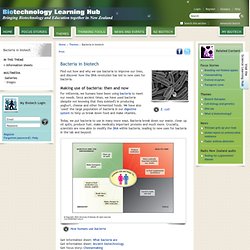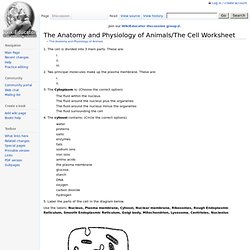

Roundup ready crops. Genetic plants. Moralsandthics. Genomes and gm regulation. Transgenics. 81226 unit g634 applications of biotechnology unit recording sheet interactive urs838i. What are the Pros & Cons of Transgenic Crops - The Maize Full Length cDNA Project. Morals and thics. Biotech outcomes. Pennington. Lesson Pan Resources 2 part lesson. Lesson Plan. CTDN TransplantableIllus. Ar stealing their organs 01. AnimalEthics060801.
Choose topic. Marks allocation for G634. Restriction enzymes. Note 1 Introduction. For Teachers - Origami DNA. Origami DNA Type: Classroom activity Age level: 10 years + Topic area: DNA, DNA structure Description: A practical activity for the classroom that allows the students to create an origami model of DNA, demonstrating its double helix structure.

Two templates are available as PDFs; a standard template with the base pairs already coloured or a blank template where the students have to colour the four bases A, C, T and G and mark them in the correct location on the template. Running the activity: To run this activity each student will require: one template and one instruction sheet. If you choose to use the blank template, you will need to provide students with colouring-in pencils or pens to complete the base pairs. Credits: Concept and content: Alex BatemanGraphics: Preeti Deshpande Support Links: DNA Origami activity downloads A paper based activity where students can make an origami double Helix.
Origami DNA instructions Origami DNA template only Instructions for using blank template Related items: Animations. The Anatomy and Physiology of Animals quiz. Biotech Learning Hub. Bacteria in biotech. Making use of bacteria: then and now For millennia, we humans have been using bacteria to meet our needs.

Since ancient times, we have used bacteria (despite not knowing that they existed!) In producing yoghurt, cheese and other fermented foods. We have also ‘used’ the large population of bacteria in our digestive system to help us break down food and make vitamins. Today, we put bacteria to use in many more ways. Get information sheet: What bacteria are Get information sheet: Ancient biotechnologyGet focus story: Cheesemaking The DNA revolution: a starring role for bacteria The second half of the 20th century saw rapid breakthroughs in our understanding of how DNA (the genetic material within every cell) functions.
Bacteria – particularly the bacterium Escherichia coli – have been central to this revolution. Get information sheet: E. coli – the biotech bacteriumGet information sheet: Bacterial DNA – the role of plasmids We can add foreign DNA to bacteria Metadata Return to top. 3.15.1 The Science of Genetic Engineering Brilliant web resource. BIOTechnology from "BiologyMad" The Anatomy and Physiology of Animals/The Cell Worksheet. From WikiEducator 1.

The cell is divided into 3 main parts. These are: i. ii. iii. 2. 3. The fluid within the nucleus The fluid around the nucleus plus the organelles The fluid around the nucleus minus the organelles The fluid surrounding the cell 4. Water proteins salts. 100 000 cancer patints to be scanned in less than 3 years.